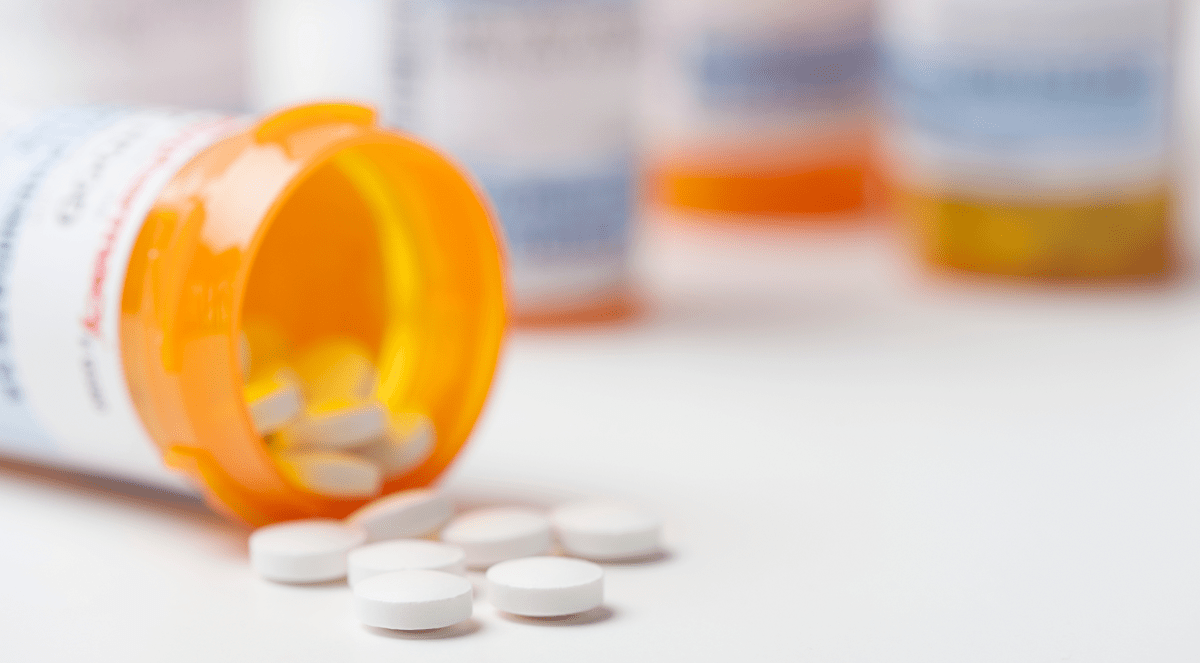While much attention has been given to errors in various areas of medicine, few studies have explored perioperative medication error rates. “Much of the available research on perioperative medication errors comes from self-reported data, which can underrepresent true error rates,” explains Karen C. Nanji, MD, MPH. She adds that there can be less double-checking during surgery than on inpatient wards because of the rapidity with which a patient’s condition can change in the operating room.
To address this issue from a different perspective, Dr. Nanji and colleagues at Massachusetts General Hospital had an observational study published in Anesthesiology that assessed rates of perioperative medication errors and adverse drug events (ADEs) as percentages of medication administrations.
For the study, four anesthesia-trained clinician-researchers observed 225 anesthesia providers during 277 randomly selected operations over 8 months. The observers documented every medication administration, potential medication error, and ADE. An expert adjudication panel reviewed all observer notes as well as chart data from the anesthesia information management system for all potential medication errors and ADEs. This was done in order to determine whether or not they constituted true medication errors or ADEs. The investigators then classified events by severity and whether or not they could have been prevented.
Important Findings
Overall, 124 of the 277 observed operations included at least one medication error or adverse drug event. “One in 20 perioperative medication administrations included a medication error and/or an ADE,” says Dr. Nanji. In addition, almost 80% of the medication errors and ADEs were determined to have been preventable. Although about 21% of the errors had little potential for harm, one-third led to an observed ADE and an additional 46% had the potential for patient harm. “Of the observed harm and potential patient harm, 30% was considered significant, 69% was more serious, and less than 2% was life-threatening,” Dr. Nanji says. The study noted that none were fatal.
The most frequently observed errors were mistakes in labeling, incorrect dosage, delays in treating a problem indicated by a patient’s vital signs, and documentation errors. The overall medication error rate of about 5% was the same among anesthesiologists, nurse anesthetists, and residents. Medication errors and ADEs occurred at higher rates during longer procedures, especially those lasting longer than 6 hours and involving 13 or more medication administrations.
Room to Improve
Dr. Nanji says the frequency of errors and ADEs is higher than what has been previously self-reported in perioperative settings. “We have room for improvement in preventing perioperative medication errors,” she says. “Now that we understand the error types and their frequencies, we can begin to develop targeted strategies to prevent them.”
Designing more comprehensive perioperative decision support is the next step to further reducing the incidence of errors in the perioperative setting, Dr. Nanji says. “Many institutions throughout the country have already installed electronic documentation and bar-coded syringe labeling systems to reduce errors. Another complementary strategy is to rigorously implement process improvements to help with our efforts to enhance our quality of care.”



 PWeekly
PWeekly